6 Hardworking Honey Bee Myths
6 Hardworking Honey Bee Myths
Fun fact: tomorrow, August 20, is World Honey Bee Day! This is an annual holiday that celebrates the humble honey bee and all of the work it does to pollinate our flowers and produce honey. While this beneficial bee is definitely one of the better insects in both looks and personality, it is still a pest when a honey bee colony is living in your yard. Their hives can be pretty big, and it gets tense when going outside is risky due to the proximity to the hive, especially if someone is allergic to bee stings. Most of us know the basics about these stinging insects, but are some of the supposed facts actually myths? Let’s take a look at 6 myths about honey bees and why these bees are more unique than we may think.
1. The Colony Dies Off Every Year
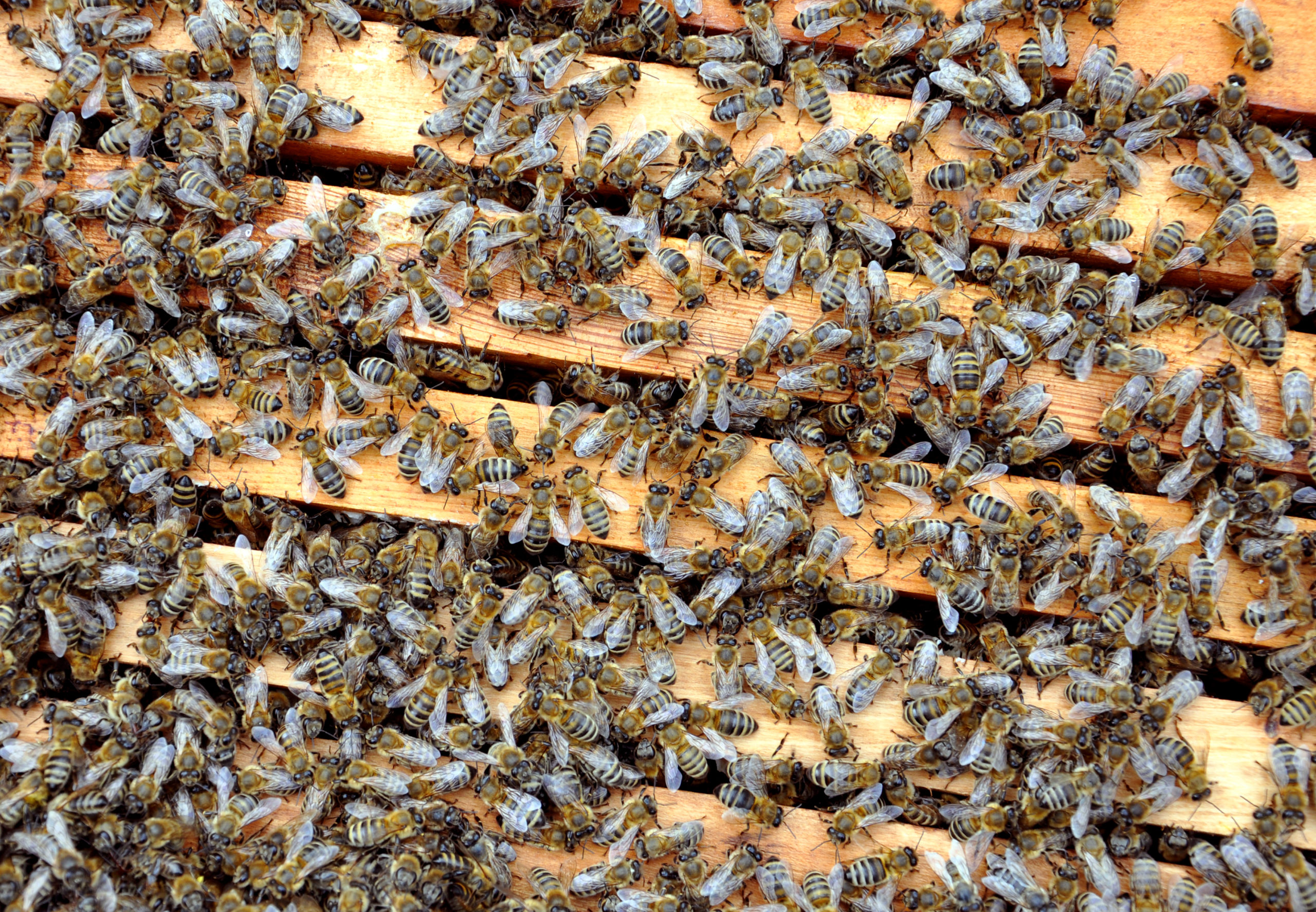
Most insects meet their end long before the winter chill sets in, which is great news for us! But some of the eusocial species actually make it through the winter with the queen and a couple of male drones overwintering in a secure location before mating in spring. Honey bees are one of these species, and the queen can live for about four years. The worker bees live a comparatively short amount of time, about 6 months. But honey bees actually survive the winter in a larger group, so they start the new year with a head start on other eusocial insects. They stay in their hive if possible, so the late summer and autumn are spent preparing their winter home for the coming chill. The workers store a lot of nectar and prepared honey beforehand. During the winter, they huddle together for warmth in the hive, like a family trying to keep warm when a snowstorm knocks the power out. The honey bees continue to eat honey throughout the winter to keep their strength and health up, and will forage for more nectar on warmer winter days. The colony will keep their group stamina up in the spring by getting rid of any older or weaker bees, leaving the hive with the best of the best for foraging and manufacturing honey.
2. A Buzzing Sound is Bees Communicating Through Their Mouths
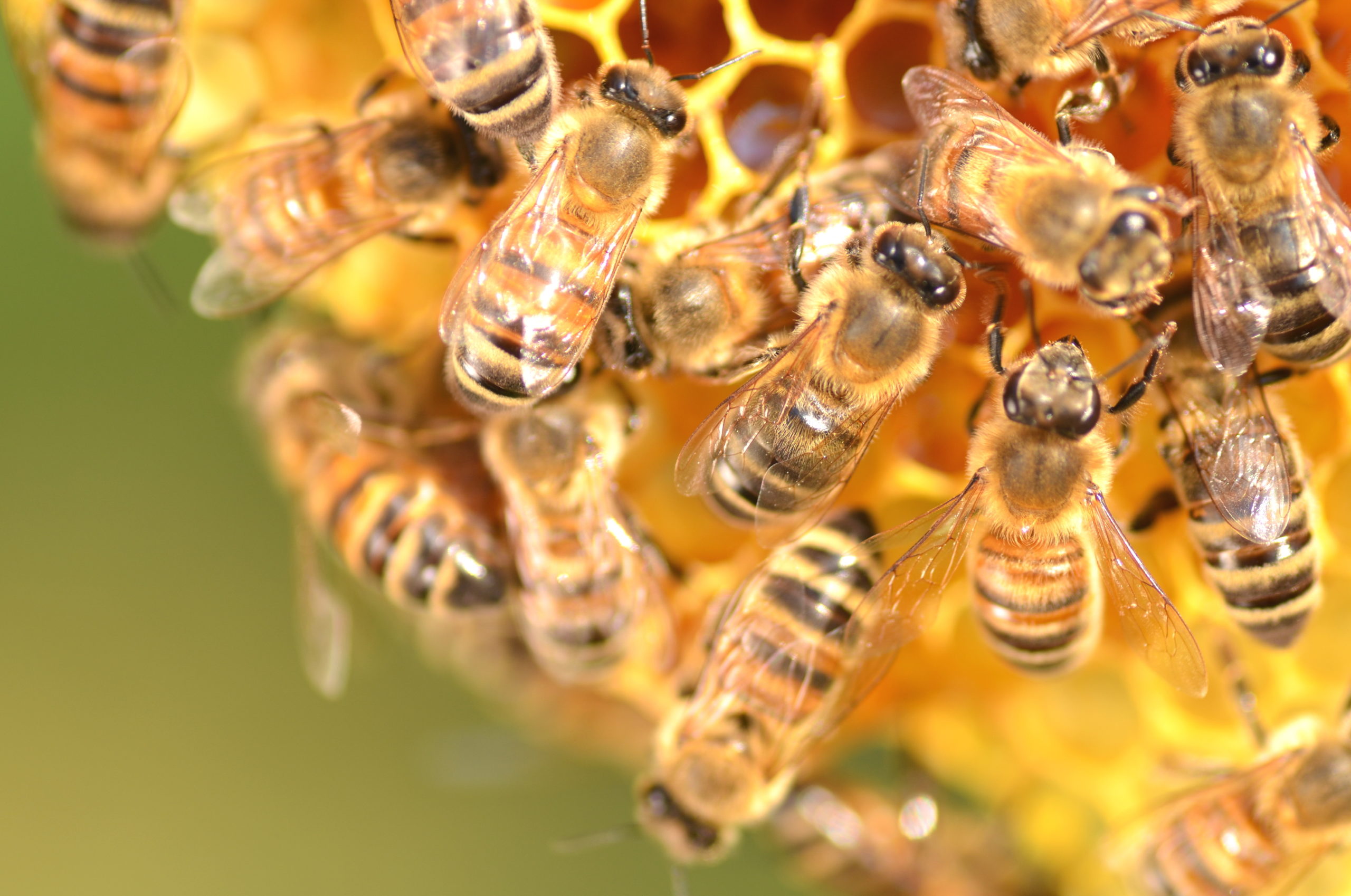
When bees are depicted in cartoons and animated movies, the ones that can talk often punctuate their sentences with buzzing sounds or simply communicate in buzzes alone. While this is a cute touch in the fictional world, the real buzzing of honey bees is not as communicative as we think. In fact, their buzzing doesn’t come from their mouths at all. The classic buzzing we hear from honey bees is simply their wings beating together while in flight. It is estimated that honey bees’ wings flap about 11,000 times per minute, which is why they are able to quickly move from flower to flower as they please. This is why the buzzing is increasingly louder in a swarm of bees; there is a lot of wing-flapping going on, especially if the bees are angry and trying to fly faster. Bees communicate in unique ways, especially through pheromones and their famous waggle dance, but buzzing does not seem to be one of them.
3. Honey Bees are Aggressive
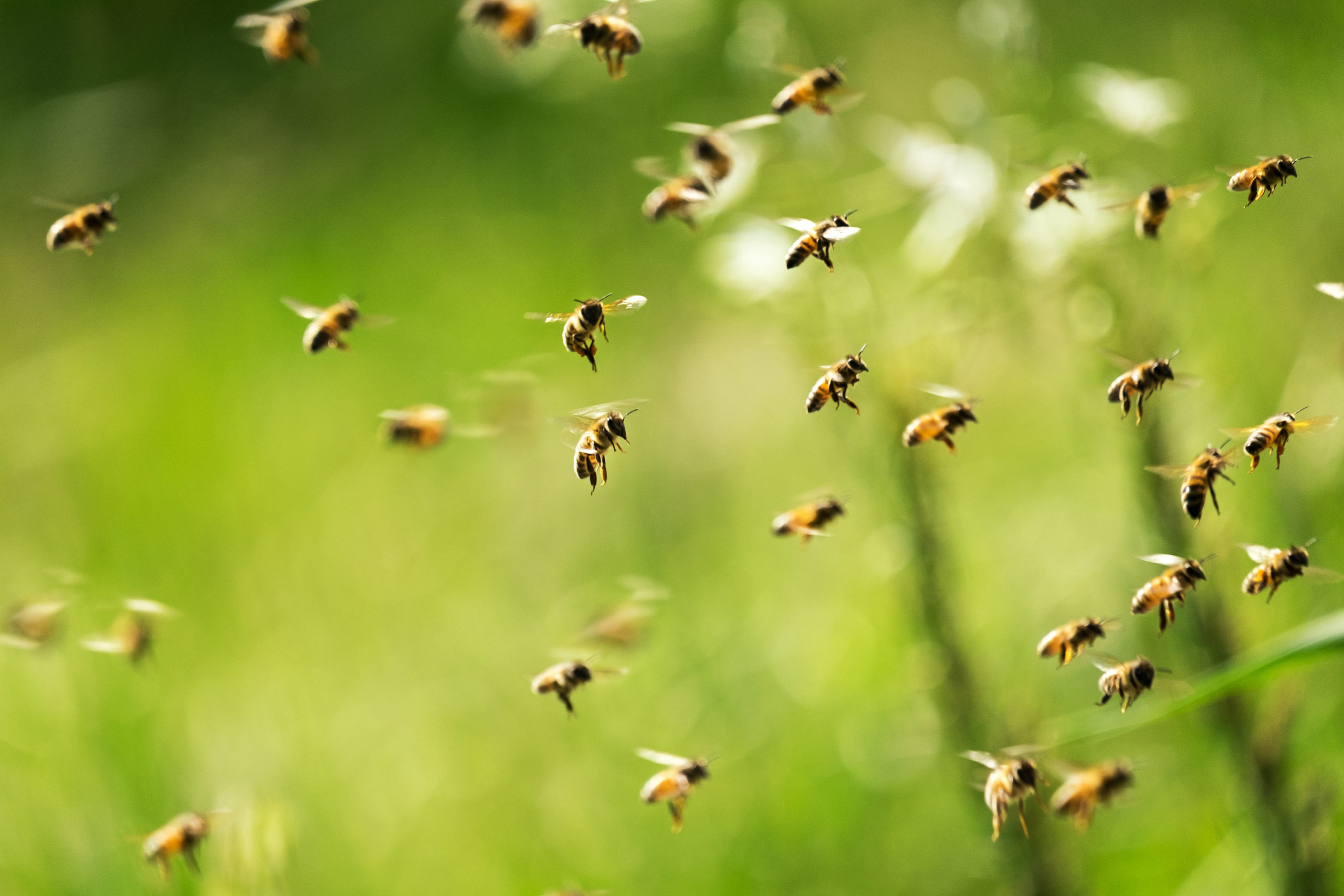
With the loud buzzing and the pointy stingers, it is easy to believe that honey bees are aggressive insects that are on the lookout for anyone to sting. Thankfully, this is not true at all. Some species of bees are naturally more aggressive than others, but honey bees are overall pretty docile. They only really sting mammals when there is a perceived threat to the hive or group, whether or not the threat is actually true. Only female honey bees can sting anyway, so that already cuts down on the number of honey bees that can sting. And as for the scary swarms, those are typically not as aggressive as cartoons made them out to be. The colony will swarm to a new nesting cavity location in order to transport the queen and most of the group, about 30 to 50% of the colony. They also take the cells that house larvae of future queens, and then wait for them to mature. The swarm can be used as an extreme defense mechanism, but it is usually just a simple moving day for the colony. But you can be sure that if their hive is disturbed in any way, it won’t just be one honey bee that comes out to investigate.
4. Natural Honey Expires
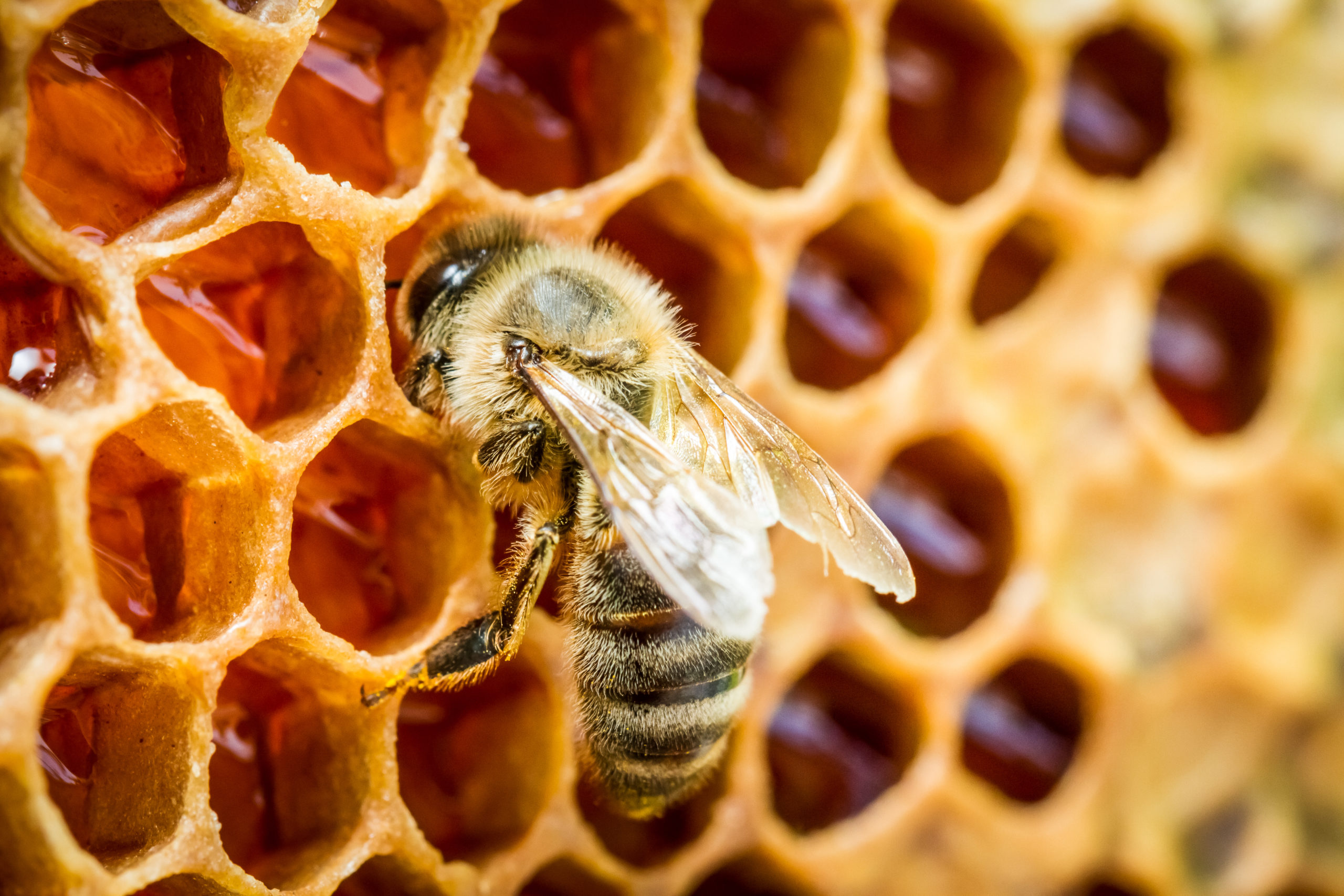
Since just about every food, drink, beauty product, and medication comes with an expiration date, it makes sense to believe that honey would be the same. But technically, raw honey never spoils or expires! There was a recent discovery of honey stored in King Tut’s tomb, and it was still edible 2,000 years after the burial (though we don’t know how many would actually eat it). There are a few reasons for this seemingly impossible feat. One is that honey is anti-microbial, meaning it cannot grow fungus, mold, or any of the “bad” substances that ruin other foods. The high sugar content also helps it to keep longer because the sugar is natural and comes from nectar, rather than the processed sugar in other sweet foods. Another major contributing factor is how the honey is stored. It does not need to be refrigerated, which is great news considering how warm King Tut’s tomb must have been. The honey just needs to be stored in an airtight container to keep fresh. If outside components, like insects or dirt, get into the honey, it isn’t very edible anymore. Bees even store the honey in secure locations as they make it, keeping the sticky substance in tight honeycombs after drying the nectar-enzyme mixture with their wings. When we buy raw honey at the grocery store to put in our teas and on biscuits, we can thankfully be confident that we will not have to repurchase the honey until the jar is empty.
5. Any Honey Bee Can be a Worker
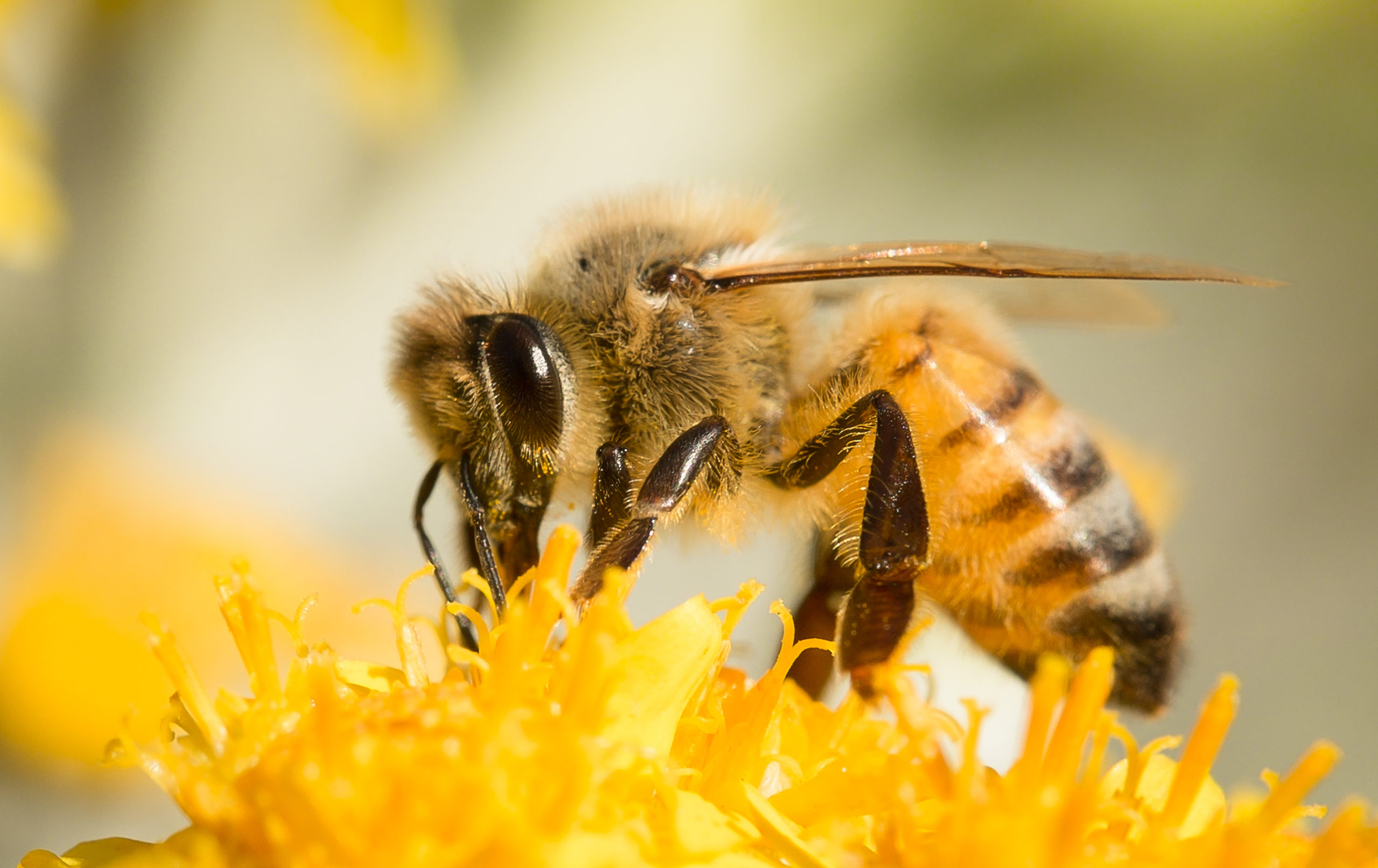
Just like how every person has their own unique talents and tasks, honey bees also have their designated roles. Worker honey bees are all females (they would have loved the Rosie the Riveter campaign), and they are designated for this life from the beginning. The workers maintain and build up the hive, as well as go out and gather the nectar and pollen they use for food. They are constantly on the move and always ready to defend the colony with their stingers. The few male honey bees in the hive don’t do much throughout the day, as they do not even help make the honey. This isn’t their fault, since the males don’t have stingers or the ability to function on their own. They exist only to reproduce with the queen, which is also why there is only a handful of males in each hive. Male honey bees do have an important purpose in the colony, but they can never achieve their potential dreams of being a worker bee.
6. The Queen Bee Doesn’t Do Much After Starting a Colony
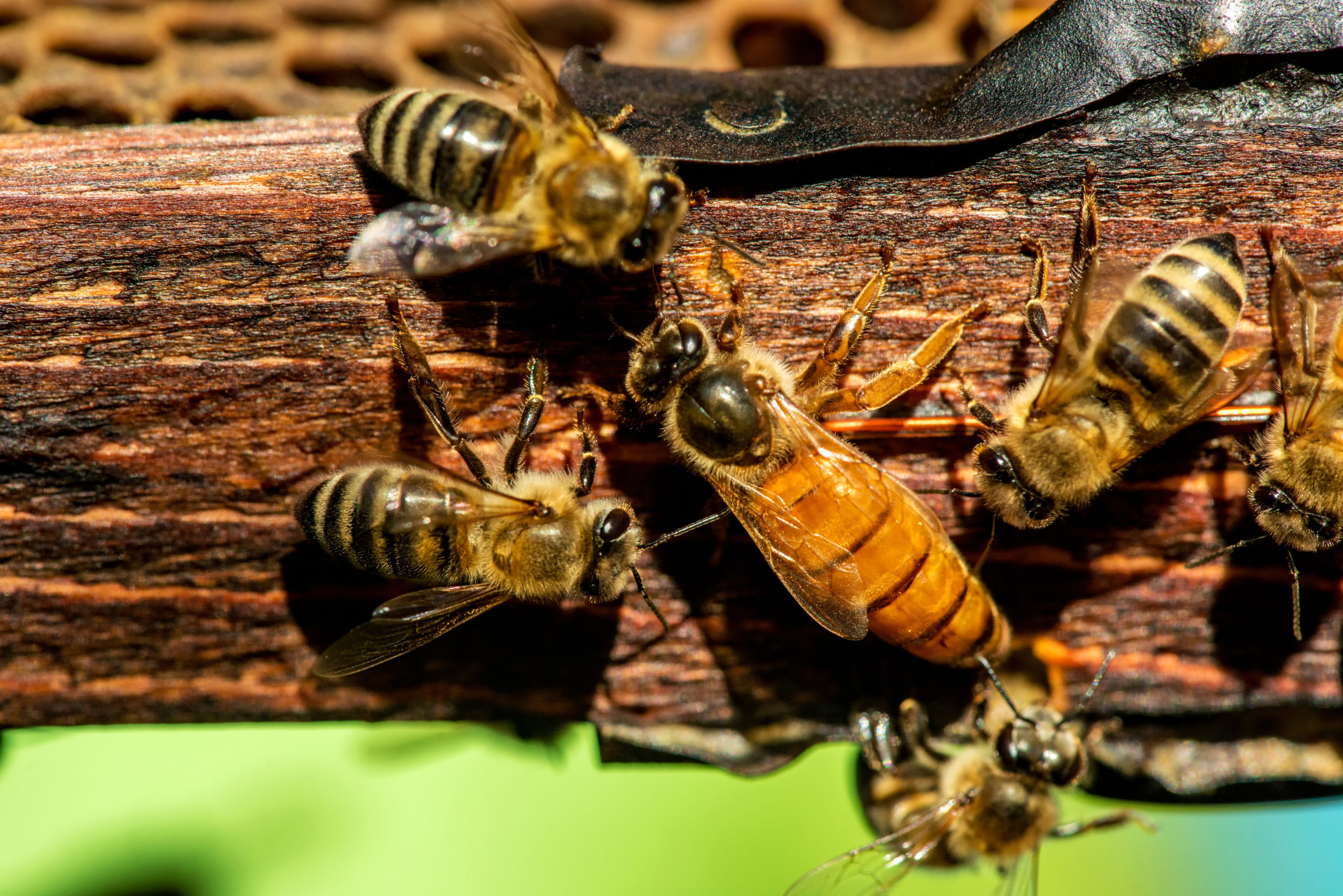
One of the important shared traits of eusocial insects is that the queen is the only one capable of reproducing in the colony. This gives her an essential role in the group, especially since she is the start of the new colony every year. But despite what some may believe, the queen bee doesn’t rest once the first generation of insects is mature and ready to work for the hive. The queen honey bee is actually busiest throughout the summer, as she is constantly producing more eggs and being cared for by her attendant bees. She can lay anywhere from 1,000 to 1,500 eggs on a hot summer day! This is how a hive’s population can grow to about 50,000 honey bees at its strongest. The queen bee is so busy growing the colony’s population that she doesn’t sleep when she is constantly laying eggs. She can even choose the gender of the larvae, most of which will be females to fill the important quota of worker bees. The queen is completely different from normal bees, as she is naturally larger and older thanks to the wondrous qualities in the royal jelly she is constantly fed. The queen honey bee may not have to do all of the manual labor of pollinating and making honey, but she definitely stays busy for the entirety of the summer.
Pest Control Handles Honey Bees
One insight that is not a myth is how helpful honey bees are in pollinating our flowers. This is what keeps our gardens healthy and thriving, not to mention the honey is delicious! But all of these benefits do not mean that we want a bunch of honey bees in our yards. They can become very defensive if we accidentally get too close to their nests, which is even riskier if someone in your family is allergic to bee stings. Our pest control technicians are experienced in effectively removing honey bee hives and using eco-friendly treatments to keep the honey bees away. Our services are effective against pests without the use of harmful chemicals, so you don’t have to worry about your plants or pets! Contact us for more information on our pest control and how we can keep the honey bees away so you can “bee” comfortable with relaxing in your own backyard.
Citations
Bees. (n.d.). Pest World for Kids. Retrieved August 10, 2022, from https://www.pestworldforkids.org/pest-guide/bees/
Chaney, W. (2017, March). 11 things people believe about bees that aren’t true. Noble Research Institute. Available at https://www.noble.org/news/publications/ag-news-and-views/2017/march/11-myths-about-bees/ (Accessed on August 10, 2022).
Fell, R. (n.d.). 7 beekeeping myths. Fine Gardening. Available at https://www.finegardening.com/article/7-beekeeping-myths (Accessed on August 10, 2022).
Interesting facts about bees. (n.d.). Kare. Retrieved August 10, 2022, from https://kare.co.nz/honey-bees/interesting-facts-about-honey-bees/
Request a Free Quote Today
(We do not share your data with anybody, and only use it for its intended purpose)
